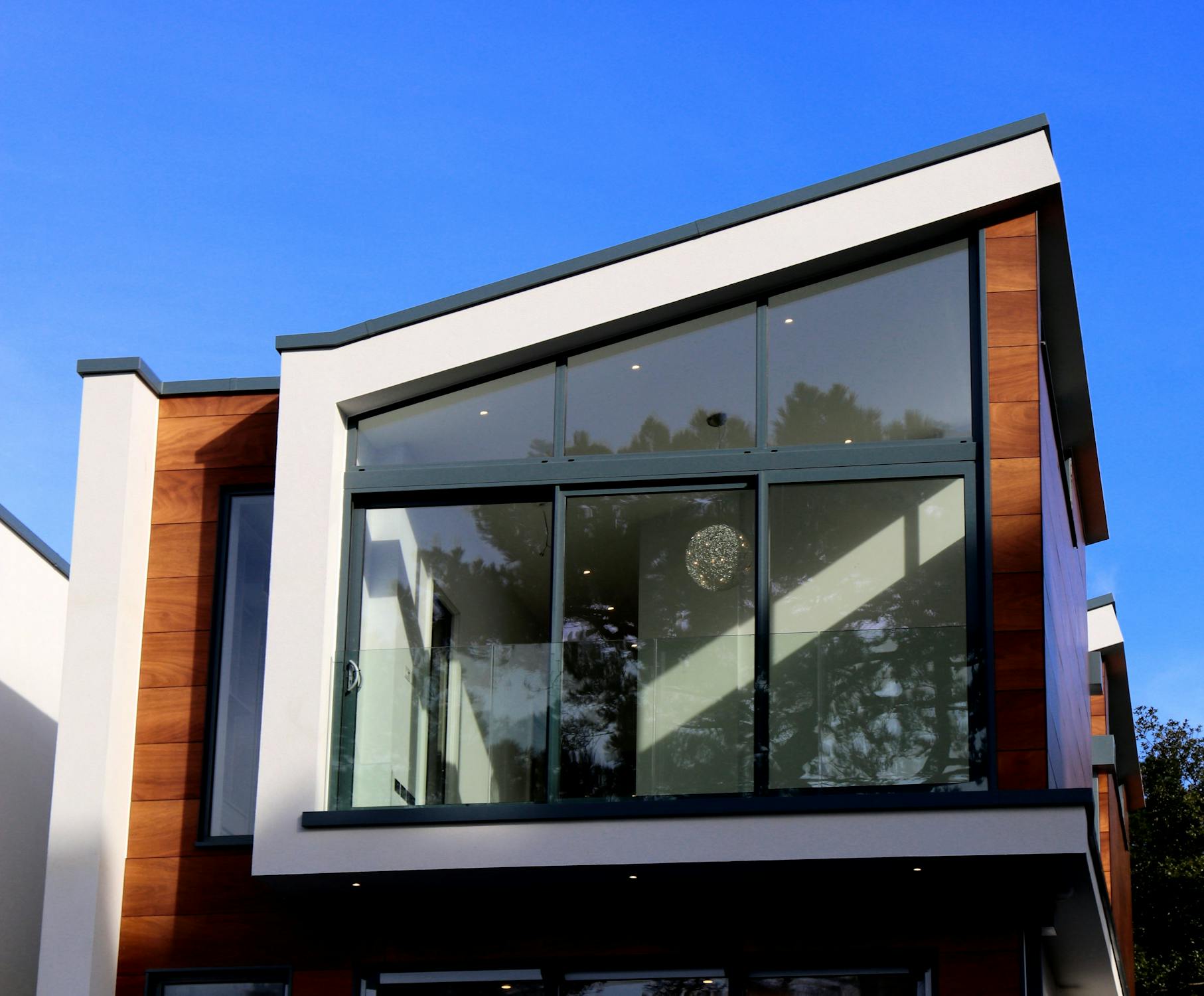Top-Rated Windows for Snowy Areas: Reliable in Extreme Weather
When the snow starts falling and temperatures plummet, having the right windows in your home isn’t just about comfort, it’s about keeping energy bills manageable, ensuring durability, and maintaining a cozy indoor environment. Not all windows are built to handle the challenges of snow-heavy climates, so selecting the best options for extreme weather requires some careful consideration.

Understanding What Makes a Window Snow-Ready
Windows in snowy areas face unique demands. Think of it like choosing tires for your car, what works on dry pavement may not be reliable on icy roads. Similarly, standard windows often falter under the strain of sub-zero temperatures, ice buildup, and heavy snow accumulation. To perform well in such conditions, a window needs to excel in three key areas:
- Energy Efficiency: Look for windows with high thermal resistance, usually indicated by a low U-factor and high R-value. These ratings tell you how well the window insulates your home, keeping warm air inside and cold air out.
- Durability: Frames should be made from materials that can withstand harsh weather without warping, cracking, or losing their integrity over time.
- Sealing and Weatherproofing: A tight seal is essential to prevent drafts and moisture infiltration, which can lead to frost buildup or even water damage when the snow melts.
Windows that meet these criteria provide more than just peace of mind, they can significantly cut heating costs during those long winter months.
Top Materials for Snowy Climates
The material of your window frame plays a huge role in its performance during snowy weather. Each material has its strengths and weaknesses, so let’s take a closer look:
- Fiberglass: This is often considered the gold standard for extreme climates. Fiberglass frames are incredibly strong and resistant to both moisture and temperature fluctuations. Unlike wood or vinyl, they won’t expand or contract with changing temperatures, ensuring a snug fit all year round.
- Vinyl: Affordable and energy-efficient, vinyl frames are a popular choice. While they don’t match fiberglass in terms of durability, modern advancements have made them much better at withstanding freezing conditions than they were in the past.
- Wood with Aluminum Cladding: Wood is excellent for insulation but doesn’t handle moisture well on its own. Adding an aluminum cladding protects the exterior while maintaining the warm aesthetics of wood indoors.
If you’re unsure which material suits your needs best, consult with a trusted contractor or window manufacturer who specializes in homes within snowy regions.
The Role of Glass Technology
The type of glass you choose is just as important as the frame material. Gone are the days when single-pane glass was acceptable, modern glass technologies offer far superior protection against heat loss and condensation issues.
- Double or Triple Glazing: These options feature two or three panes of glass separated by insulating gas (usually argon or krypton). The more layers you have, the better your window will be at trapping heat inside your home.
- Low-E Coatings: Short for “low emissivity,” Low-E coatings reflect heat back into your home while allowing sunlight to pass through. This is especially useful in snowy areas where natural light can help offset heating costs.
- Laminated Glass: If heavy snowstorms are common where you live, laminated glass adds an extra layer of safety by resisting breakage from falling branches or windblown debris.
A good example of effective glass technology comes from companies like Andersen Windows, which offer options tailored specifically for cold climates. Their triple-pane designs are particularly effective at minimizing heat loss while staying durable in harsh conditions.
Popular Window Styles for Cold Climates
The style of the window also matters. Some designs perform better under snowy conditions than others due to their structure and sealing capabilities. Here are a few that stand out:
- Casement Windows: Hinged on one side and opening outward like a door, these windows create an excellent seal when closed. This design is ideal for keeping drafts at bay during blizzards.
- Awnings: Similar to casement windows but hinged at the top, awning windows allow ventilation even during light snowfall without letting water seep inside.
- Picture Windows: Fixed in place with no moving parts, picture windows offer superior energy efficiency since there’s no risk of leaks around seals or joints. They’re perfect for scenic views of winter landscapes while keeping your home cozy inside.
Avoid styles like sliding windows if possible; they tend to let in more drafts and aren’t as airtight as casement or fixed designs.
The Importance of Professional Installation
You could buy the most advanced snow-ready windows on the market, but without proper installation, even the best products will fail to perform as expected. Gaps, misalignments, or improperly secured frames can all undermine your investment by allowing cold air to sneak in (or worse) moisture that leads to costly repairs later on.
When searching for installation services, look for contractors certified by organizations such as the National Association of the Remodeling Industry (NARI). Certified professionals have undergone rigorous training to ensure their work meets industry standards.
A Worthwhile Investment for Peace of Mind
If you live somewhere that transforms into a winter wonderland several months out of the year, investing in top-rated windows designed for snowy climates is more than just practical, it’s essential for maintaining comfort and efficiency. Whether you opt for fiberglass frames with triple glazing or wood-clad designs with Low-E coatings, choosing high-performance materials and technologies tailored to cold weather will pay off in lower energy bills and fewer headaches when storms roll through. And remember: installation quality is just as critical as product selection, don’t skimp on hiring experienced professionals who know what they’re doing!
Your home should be a haven no matter what’s happening outside. With reliable snow-friendly windows installed properly, you’ll be ready to enjoy every season, even when it’s blanketed in white.
